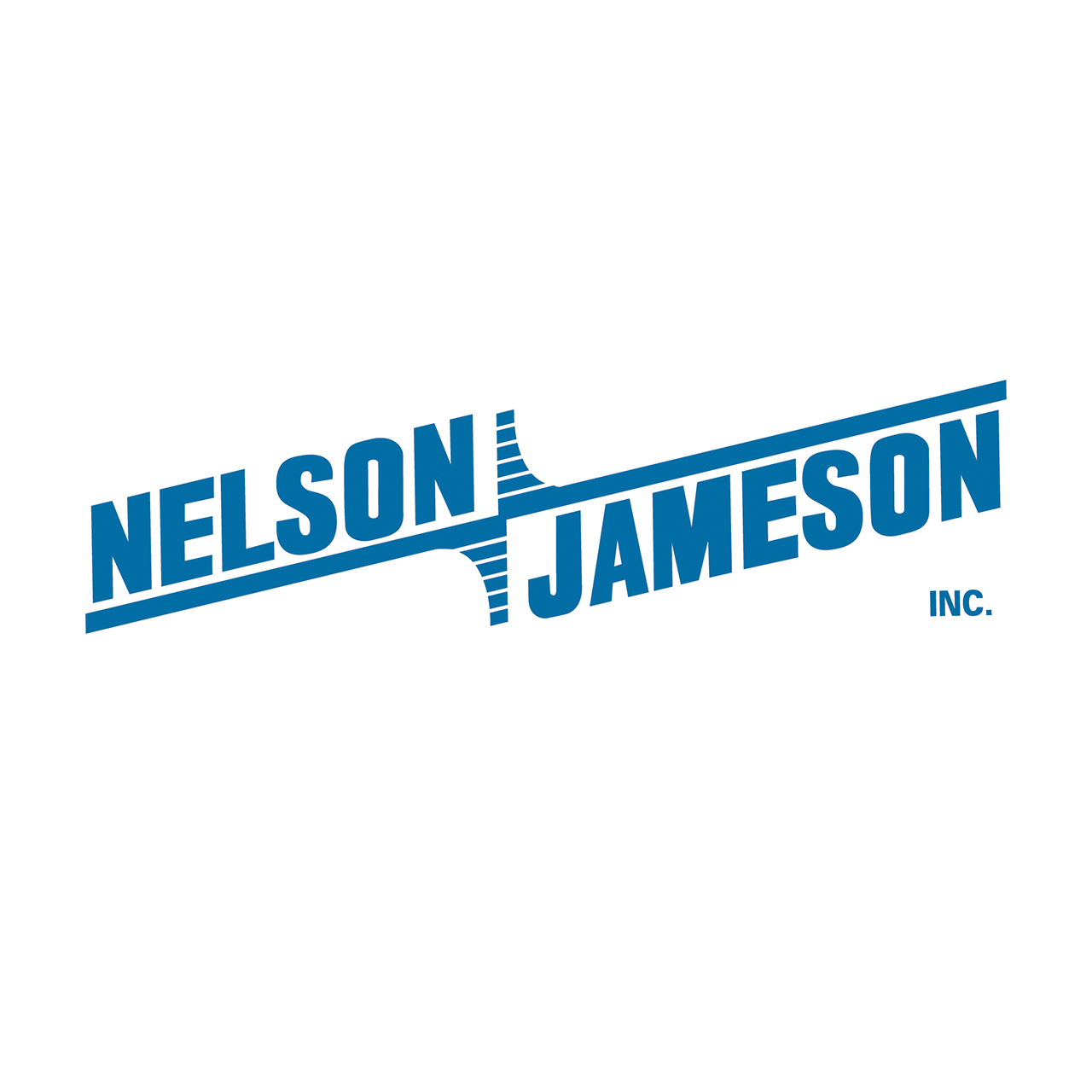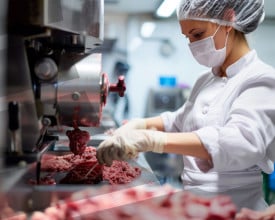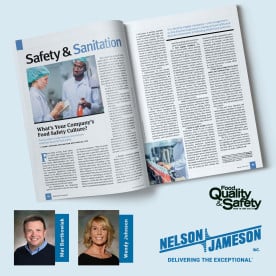Combustible Dust is defined as a finely divided combustible particulate solid that presents a flash fire hazard or explosion hazard when suspended in air or the process-specific oxidizing medium over a range of concentrations. What exactly does that mean; essentially combustible dust is any fine material that has the ability to catch fire and explode when mixed with air.
Safely Collect Combustible Dust
Step 1: Understand your facility and your responsibilities. It is ultimately you and your company's responsibility to select safe equipment. You can be held accountable by multiple authorities having jurisdiction (AHJ), including your insurance company, local officials and OSHA.
Step 2: Get to know the regulations, standards and recommendations. Stay up-to-date on the current state of NFPA and OSHA regulations, standards, and recommendations so you can make informed decisions.
Step 3: Select the safest industrial vacuum for your application. Select equipment that will help you become safe, and stay safe—meeting all requirements set forth by your facility, AHJ, insurance company, NFPA, OSHA and, most importantly, your users. Delfin Industrial Vacuums meet the requirements approved by OSHA.
NFPA® introduces all-new NFPA 652
Fundamentals of Combustible Dust to mitigate fire, flash fire, and explosion hazards.
Every year, destructive and deadly dust-related fires and explosions affect a wide range of industries around the globe. In the United States alone, 130 combustible dust accidents and 11 deaths have occurred since 2016. To manage the dust-related fire, flash fire, and explosion hazards in industries that use dust collection and handling equipment, or have processes that may generate combustible dust, NFPA introduces the first-time NFPA 652: Standard on the Fundamentals of Combustible Dust.
What Do You Need to Know?
NFPA 652 defines combustible dust as a "finely divided combustible particle solid that presents a flash fire hazard or explosion hazard when suspended in air or the process-specific oxidizing medium over a range of concentrations."
This applies to all facilities that manufacture, blend, package, repackage, convey, or handle combustible dust or particulate solids that may become dust. In the event of, each industrial setting must have:
- Dust type test results saved on file.
- A complete Dust Hazard Analysis.
- A documented housekeeping procedure.
- A certified industrial vacuums system (recommended).
| Class | Division | Group | |
|---|---|---|---|
| Gases, Vapors | 1 | Div 1, Hazard is normally present. | A, B, C, D |
| Liquids | 1 | Div 2, Hazard is abnormally present. | A, B, C, D |
| Dust | 2 | Div 1, Hazard is normally present. | E, F, G |
| 2 | Div 2, Hazard is abnormally present. | E, F, G |
Division 1 locations exist where combustible dust is normally in suspension in the air in sufficient quantities to produce ignitable materials, or where mechanical failure or abnormal operation of equipment might cause an explosion or ignitable dust-air mixture can be produced.
Division 2 locations exist where combustible dust is not normally in the air in sufficient quantities to produce an explosion, and dust accumulations are not normally sufficient to interfere with the normal operation of electrical equipment.
| Type of Material | Group | Typical Materials |
|---|---|---|
| Electrically Conductive Dusts | E | Powdered metals, such as aluminum or magnesium |
| Carbonaceous Dusts | F | Carbon black, coal dust, coke dust |
| Agricultural Dusts | G | Grain, flours, sugars, spices, rice, certain polymers |
NFPA 652: Must-Know Facts
- Applies to all facilities and operations that manufacture, process, blend, convey, repackage, generate, or handle combustible dusts or combustible particulate solid.
- Dust tests are REQUIRED. They must be documented and made available to your authority having jurisdiction.
- Dust Hazard Analysis are REQUIRED if your dust is a Kst value above 0.
- Vacuuming is the preferred method of cleaning.
- Blow-down is only permitted when other methods have already been used.
- Housekeeping procedures MUST be documented.
- Vacuum cleaners must meet the requirements laid out in Section 8.4.2.2.1.
Is Combustible Dust Present in Your Workplace?
Below is a list of good housekeeping practices and procedures that OSHA recommends:
- Have a detailed cleaning program, listing all combustible materials, tracking ignition sources, and checking hidden areas routinely.
- Use industrial vacuum systems, OSHA recognizes this as the safest choice for cleaning.
- Using equipment with the proper certifications specific to your facility's hazardous location.
Sources of Combustible Dusts
- Most solid organic materials, such as sugar, flour, grain, wood, etc.
- Many metals.
- Some nonmetallic inorganic materials.
Some of these materials are not "normally" combustible, but they can burn or explode if the particles are the right size and in the right concentration.
Therefore, any activity that creates dust should be investigated to see if there is a risk of that dust being combustible. Dust can collect on surfaces such as rafters, roofs, suspended ceilings, ducts, crevices, dust collectors, and other equipment. When the dust is disturbed, and under certain circumstances there is the potential for a serious explosion to occur. The build-up of even a small amount of dust can cause serious damage.
Example Combustible Dust Materials
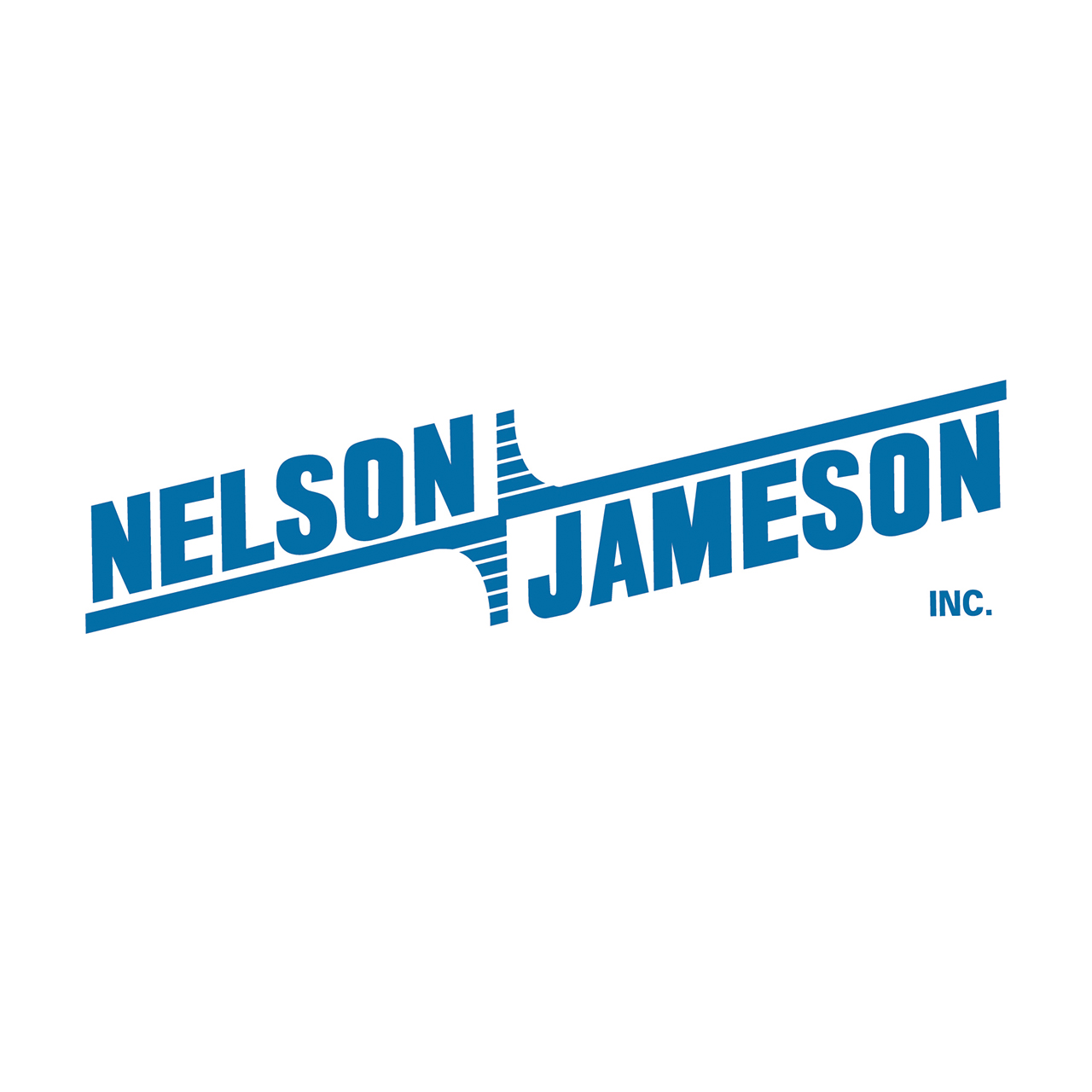
- Agricultural products such as egg whites, powdered milks, cornstarch, sugars, flour, grains, potato, rice, whey, etc.
- Metals such as Aluminum, Bronze, Magnesium, Zinc, etc.
- Pharmaceuticals
- Pesticides
- Rubber
- Wood
- Textiles
- Plastics
Types of Workplaces at Risk for a Dust Explosion
- Grain Elevators
- Food Production
- Chemical Manufacturing (e.g. rubber, plastics, pharmaceuticals)
- Woodworking Facilities
- Metal Processing (e.g. zinc, magnesium, aluminum, iron)
- Recycling Facilities (e.g. paper, plastics, metals)
- Coal-Fired Power Plants
Combustible Dust Categories
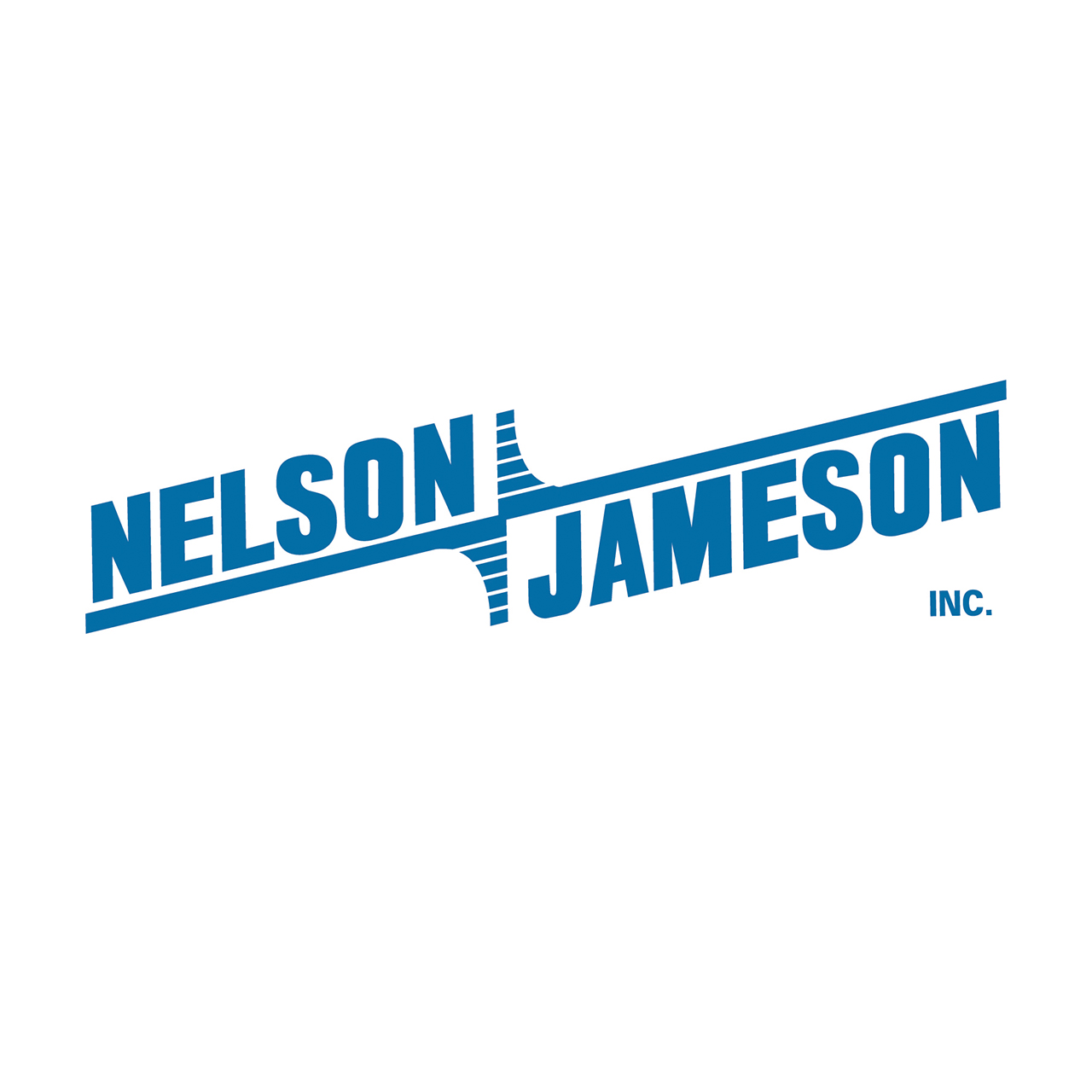
How Combustible Dust Explosions Happen
Combustible Dust: The fuel to burn for the explosion. It hoards in high-spot areas or out of sight areas.
Oxygen in Air: Fire needs oxygen to burn, and it can be found almost everywhere.
Dispersion: Hoarded dust can easily become a dust cloud suspended in the air, increasing the explosion hazard.
Confinement: Dust confined in closed areas cannot be dispersed and increases dust particle concentration.
Ignition: The element that triggers explosions. The ignition source can vary and depends on what
the dust is made from.
Other things to consider:
- Some materials become combustible only when in dust form.
- After a first explosion, dust is dispersed into the air, which could result in a more deadly secondary explosion.

Primary and Secondary Explosions
When combustible dusts ignite, there are often two explosions known as primary and secondary explosions.
The primary dust explosion is the first explosion. It occurs when there is a dust suspended in a confined space, like a container or room, which is ignited and explodes.
The primary explosion will shake other dust that has accumulated, when this dust becomes airborne it also ignites causing the secondary explosion. The secondary dust explosion is often times more destructive than the primary one.

What conditions are needed for a dust explosion to occur?
- The dust must be combustible and release enough heat when it burns to sustain fire.
- The dust must be capable of being suspended in air.
- The dust must have a particle size capable of spreading the flame.
- The concentration of the dust suspension must be within the explosible range.
- An ignition source must be in contact with the dust suspension.
- The atmosphere must contain sufficient oxygen to support and sustain combustion.
- There is a form on confinement or enclosure that allows pressure to build.
Identify Combustible Dust Hazards
Many variables must be considered—the size of the dust particle, the method of dispersion, ventilation system characteristics, air currents, ignition sources, confinement of the dust cloud, physical barriers, and so on.
Best practice is to keep the workplace as dust-free as possible. Conduct a risk assessment and look specifically for dust explosion possibilities. Evaluate the questions below to help guide you.
Processes
- Do you manufacture or use any materials (and their by-products) that can become a dust?
- Do you have a process such as abrasive blasting, cutting, grinding, sieving, polishing, cleaning, or other tasks that create dust?
Research
- Have you researched if the dust present is combustible?
- Are there documented cases reported in literature about the materials in your workplace being associated with a combustible dust explosion?
Ignition Sources
- Do you have ignition sources (e.g. sparks, fire/flames, stoves, kilns, or welding flames)?
- Can dust enter or accumulate on electrical enclosures or equipment?
- Does your workplace have a no-smoking policy? Are there measures to isolate smoking and ignition sources away from production areas?
Housekeeping
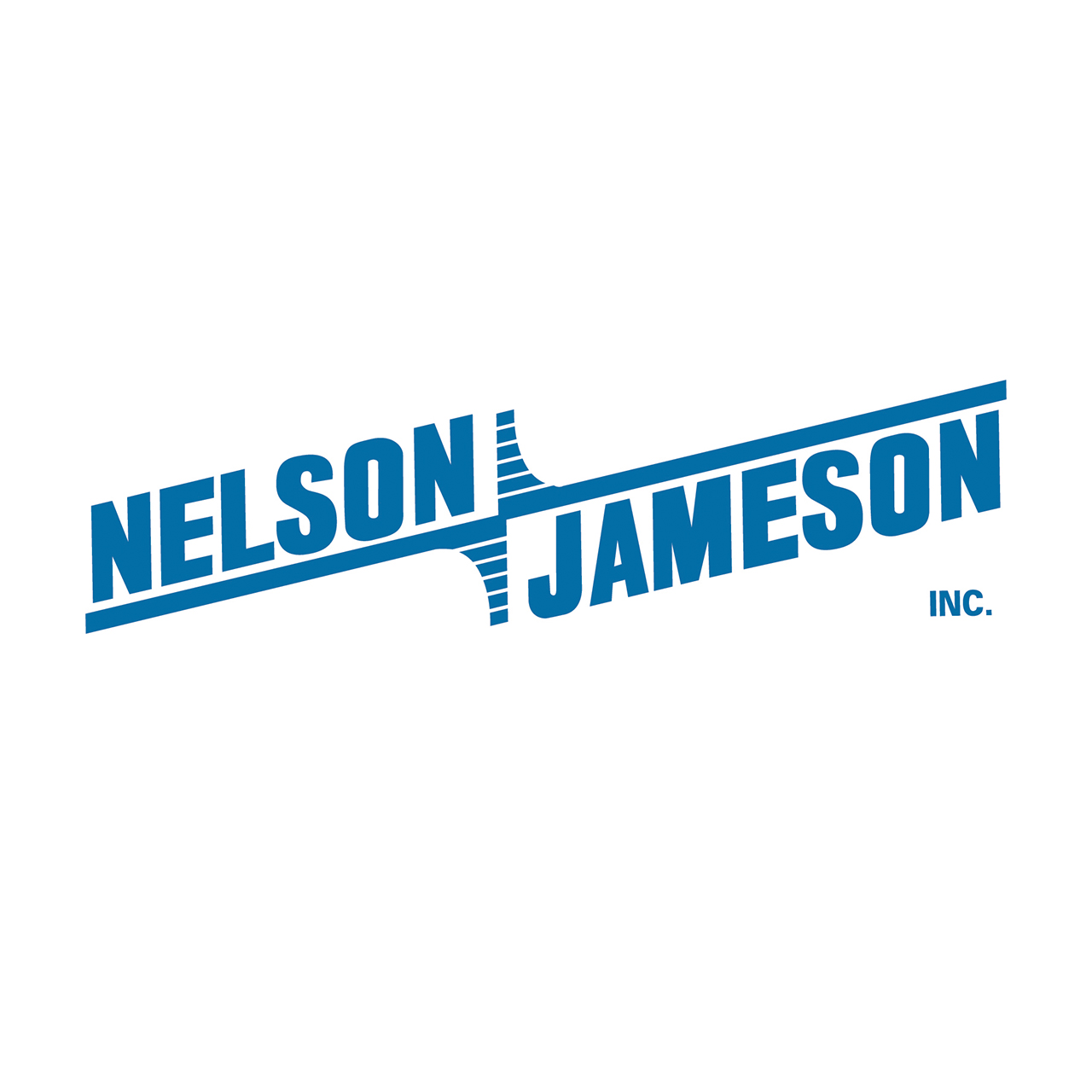
- Do you know if there are open areas and overhead structures where dust may accumulate?
- Have you looked for "hidden" areas where dust may accumulate?
- Do you have a housekeeping program to regularly remove dust?
- Do you have a dust collection system in place?
- If yes, does your dust collection system conform to local requirements?
Education and Training
- Are employees aware of combustible dust and its hazards?
- Do employees follow housekeeping rules and take steps to reduce dust and remove ignition sources?
- Have employees been trained and educated on safe methods for cleaning?
How to Prevent Combustible Dust Hazards
What measures are needed to prevent any potential hazards from happening?
Elimination
- Avoid horizontal surfaces where dust can accumulate.
- Eliminate "hidden" areas where dust can accumulate unnoticed.
- Do not use brooms or air hoses to clean surfaces, only use vacuums approved for dust collection.
- Only use a dust collection/dust extraction system that is designed to eliminate or control combustible dust.
Substitute
- Install smooth ceilings and other surfaces to minimize dust accumulation and to make cleaning easier.
Engineering
- Use an appropriate dust extraction and collection system with the inlet located as close to the dust-producing process as possible.
- Direct explosion venting away from areas where there may be employees.
- Use appropriate electrical and ventilation equipment.
- Keep static electricity under control, which includes the bonding and grounding of equipment.
- Remove open flames, sparks, friction, heat sources, and other sources of ignition.
- Put covers around pipes and cables to reduce surfaces where dust can accumulate.
Administration
- Develop and implement a combustible dust inspection and control program, which outlines how often inspections will occur and how dust
will be controlled. - Educate all employees about combustible dusts, the hazards, and how they can help eliminate the risk of fire and explosions.
- Inspect dust at regular intervals.
- Establish a housekeeping program that will remove dust regularly.
- Use proper equipment and techniques when cleaning dust. Care must be taken to minimize dust clouds, and only use vacuums approved
for dust collection.
Shop our selection of industrial vaccuums.

